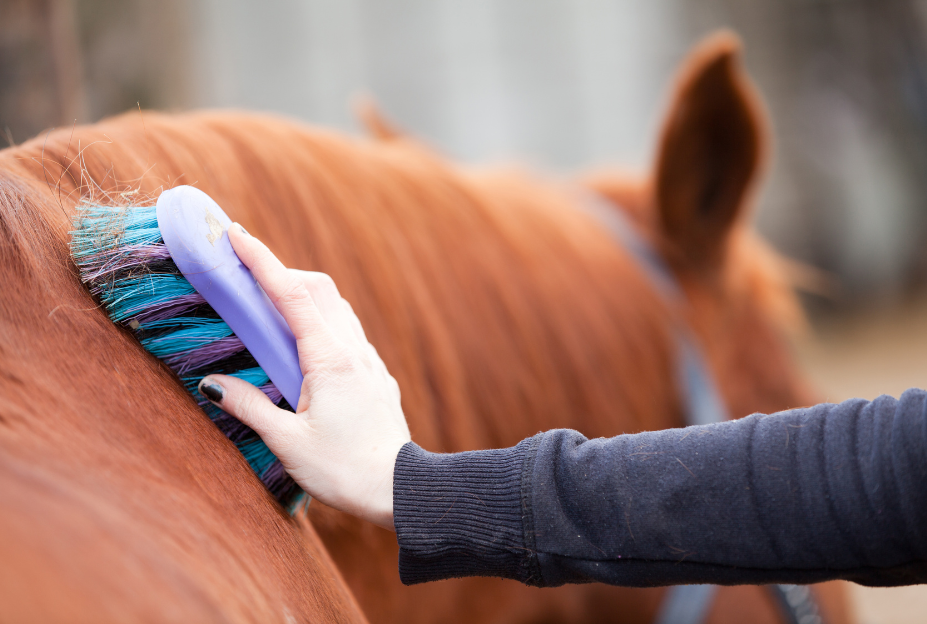Storing a saddle without a rack can be a concern for many equestrian enthusiasts. Whether you are a seasoned rider or a beginner, knowing how to properly store your saddle is vital to its longevity and performance. Let’s dive into some effective methods and tips for storing your saddle without a rack.

The Importance of Proper Saddle Storage
Proper saddle storage is essential for maintaining its shape, quality, and longevity. A well-stored saddle ensures that it remains in good condition, ready for use whenever you need it. Improper storage can lead to mold, mildew, cracks, and other damages that can be costly to repair.
Understanding Saddle Anatomy
Before we delve into the storage solutions, it is important to have a basic understanding of saddle anatomy. A saddle consists of several parts, including the tree, seat, panels, girth, and stirrups. Each part plays a crucial role in the overall functionality and comfort of the saddle.

Common Saddle Storage Issues
Mold and Mildew
Mold and mildew can easily develop on saddles that are not stored in a dry, well-ventilated area. These fungi thrive in damp environments and can ruin leather and synthetic materials.
Shape Deformation
Without proper support, a saddle can lose its shape. This deformation can make it uncomfortable for both the horse and the rider.
Leather Cracking
Leather saddles are particularly susceptible to cracking if they are not stored correctly. This often happens when the leather dries out too much.

Essential Tips for Storing Your Saddle Without a Rack
Cleaning Your Saddle
Before storing your saddle, always ensure it is thoroughly cleaned. Use a damp cloth to wipe off any dirt or sweat, and apply a leather conditioner if necessary. Check out this guide on cleaning a Western saddle for detailed instructions.
Using a Saddle Stand
If you do not have a proper rack, consider using a saddle stand as an alternative. A saddle stand can provide the necessary support to prevent deformation. You can easily make a DIY saddle stand using wood or PVC pipes.
Hanging Your Saddle
Another practical option is to hang your saddle using sturdy hooks or brackets. Ensure the hooks are covered with foam or a soft material to prevent scratching the leather. Learn about bending a 3-point saddle to understand the importance of maintaining its shape.
Storing in a Padded Bag
You can also consider storing your saddle in a padded bag. This will protect it from dust, moisture, and accidental bumps. Make sure the bag is well-ventilated to avoid mold and mildew.
Maintaining a Climate-Controlled Area
A climate-controlled storage area can significantly help maintain your saddle’s condition. Avoid storing it in areas that experience extreme temperatures or humidity. Basements and attics are typically not ideal locations.

DIY Saddle Storage Solutions
Using Household Items
Many household items can be repurposed for saddle storage. For example, you can use a sturdy chair, a collapsible shelf unit, or even a plastic bin as a makeshift saddle stand.
Building a Custom Saddle Stand
If you are handy with tools, consider building a custom saddle stand. Design it to fit your saddle perfectly to prevent any shape deformation.
FAQs
What is the best way to store a saddle without a rack?
The best way to store a saddle without a rack is to use a saddle stand, hang it on sturdy hooks, or keep it in a padded bag.
Can I store my saddle in a plastic bin?
Yes, you can store your saddle in a plastic bin, but ensure that it is well-padded and ventilated to prevent mold and mildew.
How often should I clean my saddle if it is in storage?
Even if your saddle is in storage, it should be cleaned, conditioned, and checked for any damages every few months to maintain its quality.
For more detailed insights, you can refer to this external link: Country Living
As an Amazon Associate, I earn from qualifying purchases.
As an Amazon Associate, I earn from qualifying purchases.